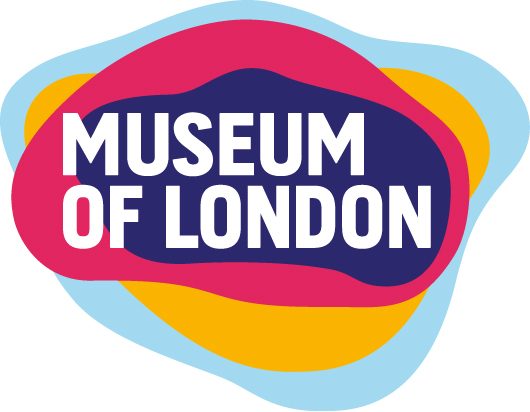Beth Barber and Joanne Hayes, Collections Information Upgrade Project volunteers (Dress and Textiles)
Beth and Jo began volunteering at the Museum in August 2019 and have become highly valued members of the team, making a significant contribution to a variety of the museum’s ongoing projects in the Dress and Textile store. They were selected through an interview process calling out for skilled hand sewers, both demonstrated a passion for sewing and a keen interest in using their skills with museum textile collections. They work diligently alongside the textile conservator and fashion curator and their main role has been as part of the Collections Information Upgrade Project, involving auditing, photographing, labelling and re-packing some of the 24,000 objects in the Dress and Textiles collection. They have sewed in small museum labels and creating custom made storage for dolls, handkerchiefs, handbags, purses, parasols and archaeological textiles. The nature of the project is that it changes from week to week, and Beth and Jo have adapted well to this way of working.
They have helped to process 149 individual objects, documenting and stitching in museum labels for all of them. They have marked and packed new additions, and undertaken database training to enhance their skill and better assist with object documentation. They also played active roles in the ‘Hanging around the Christmas Tree’ hanger making day to make much needed hangers for the costume collection. Lockdown has not slowed their contributions to the museum, they have been hard at work researching less well known areas of the collection and contributing to the Scrub Hub initiative creating scrubs for the NHS. The museum are finding new ways for Beth and Jo to stay involved with the museum during these unusual times. Not only do they work well with museum staff, they work very well with each other, demonstrating careful handling of fragile objects and a passion for their roles.








